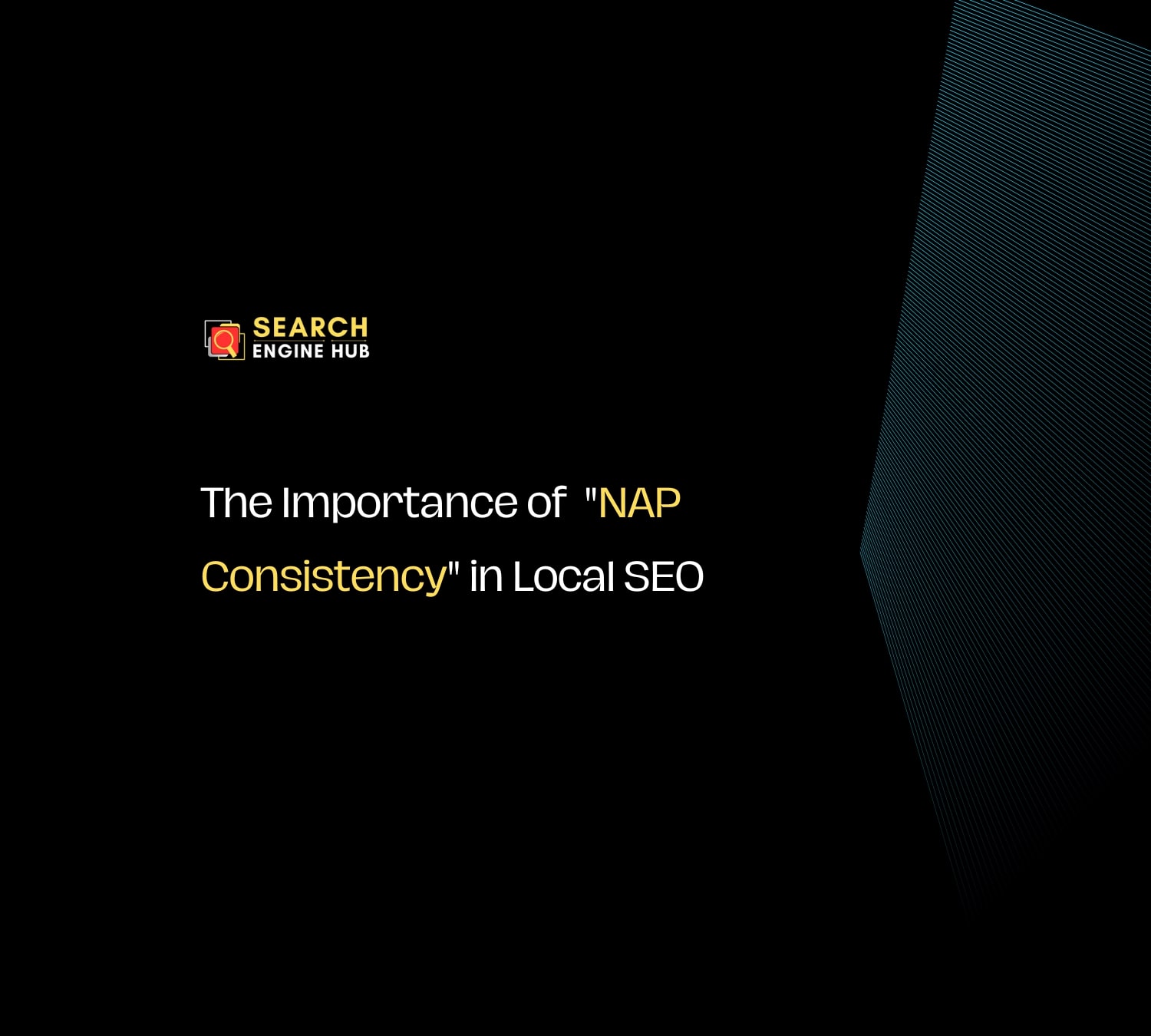Internal links connect pages within your website, making it easier for users to navigate and find relevant content. They also play a key role in organizing your site’s structure, helping search engines understand how your pages are related.
Through our work with different clients, we’ve seen how a strong internal linking strategy can improve user experience by guiding visitors to key pages and keeping them engaged longer. It also helps distribute ranking power across your site, enhancing the visibility of important content.
In this guide, we’ll share practical tips based on our experience to help you optimize your internal links, improving navigation, user engagement, and overall SEO performance.
How Internal Links Boost SEO
Internal links significantly impact search engine optimization. They help search engines understand the relationship between pages and the hierarchy of the site. By distributing page authority and aiding in indexing, internal links can improve search engine rankings.
Additionally, they enhance user experience by guiding visitors to related content, increasing engagement and time spent on the site.
The benefits of internal linking include:
- Improved Indexing: Search engines can more efficiently crawl and index your website, ensuring all your important pages are discovered.
- Page Authority Distribution: By linking strategically, you can pass authority from high-ranking pages to other pages, helping to improve their search visibility.
- Enhanced User Experience: Internal links create a seamless navigation experience, allowing users to find relevant information easily and encouraging them to explore more content on your site.
- Increased Engagement: By directing visitors to related content, you keep them engaged longer, which can reduce bounce rates and increase the time spent on your site.
Incorporating these practices into your internal linking strategy can lead to significant improvements in your site’s SEO performance and user satisfaction.
Types of Internal Links
There are two main types of internal links:
- Navigational Links: These links are found in menus, sidebars, and footers. They help users navigate the website by providing a clear path to important sections and pages.
- Contextual Links: These are embedded within the content of a page. They direct users to related pages or articles, offering additional information on a specific topic.
Best Practices for Internal Linking
Creating an effective internal linking strategy involves several key practices. Ensure links follow a clear, logical structure, making it easy for users and search engines to navigate the site.
Use descriptive and relevant anchor text to give context about the linked page. This helps both users and search engines understand the content being linked.
It’s also important to highlight key pages by linking to them more frequently and to avoid adding too many links on a single page as it can overwhelm users and dilute the link equity.
Tools for Internal Linking
Several tools can aid in optimizing internal linking strategies:
- Yoast SEO: A popular plugin for WordPress that offers internal linking suggestions and analysis.
- Google Search Console: Provides insights into how Google crawls your site and identifies possible linking issues.
- Screaming Frog: This SEO tool helps analyze internal links, identify broken links, and audit site structure.
Using these tools can streamline the process and ensure a well-structured site.
Common Mistakes to Avoid
When implementing internal linking, it’s essential to avoid common pitfalls:
- Over-linking: Adding too many links on a single page can overwhelm users and dilute the authority passed through each link.
- Ignoring User Experience: Links should be useful and relevant. Prioritize user experience by linking to valuable and related content.
- Using Generic Anchor Text: Avoid anchor texts like “click here” or “read more.” Use descriptive phrases that tell users what to expect.
You may also want to learn how to conduct a website content audit to improve your content performance.
Conclusion
Internal links are essential for SEO and user experience. They help search engines understand your site’s structure and guide visitors to relevant content. By using clear anchor text, maintaining a logical link structure, and avoiding over-linking, you can enhance your site’s performance and user satisfaction.
Implementing these strategies will ensure your website is both search engine-friendly and user-friendly, leading to better rankings and a more engaging experience for visitors.
If you need help optimizing your internal linking strategy, contact us for assistance.




